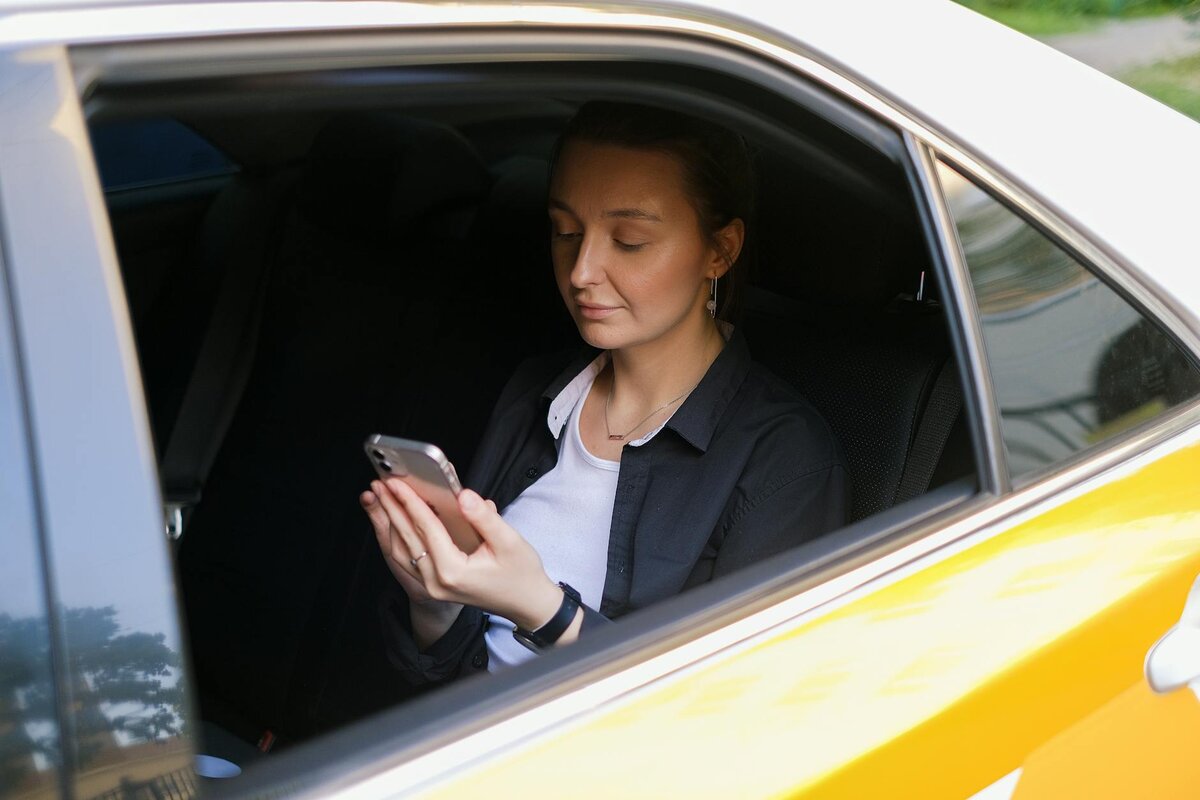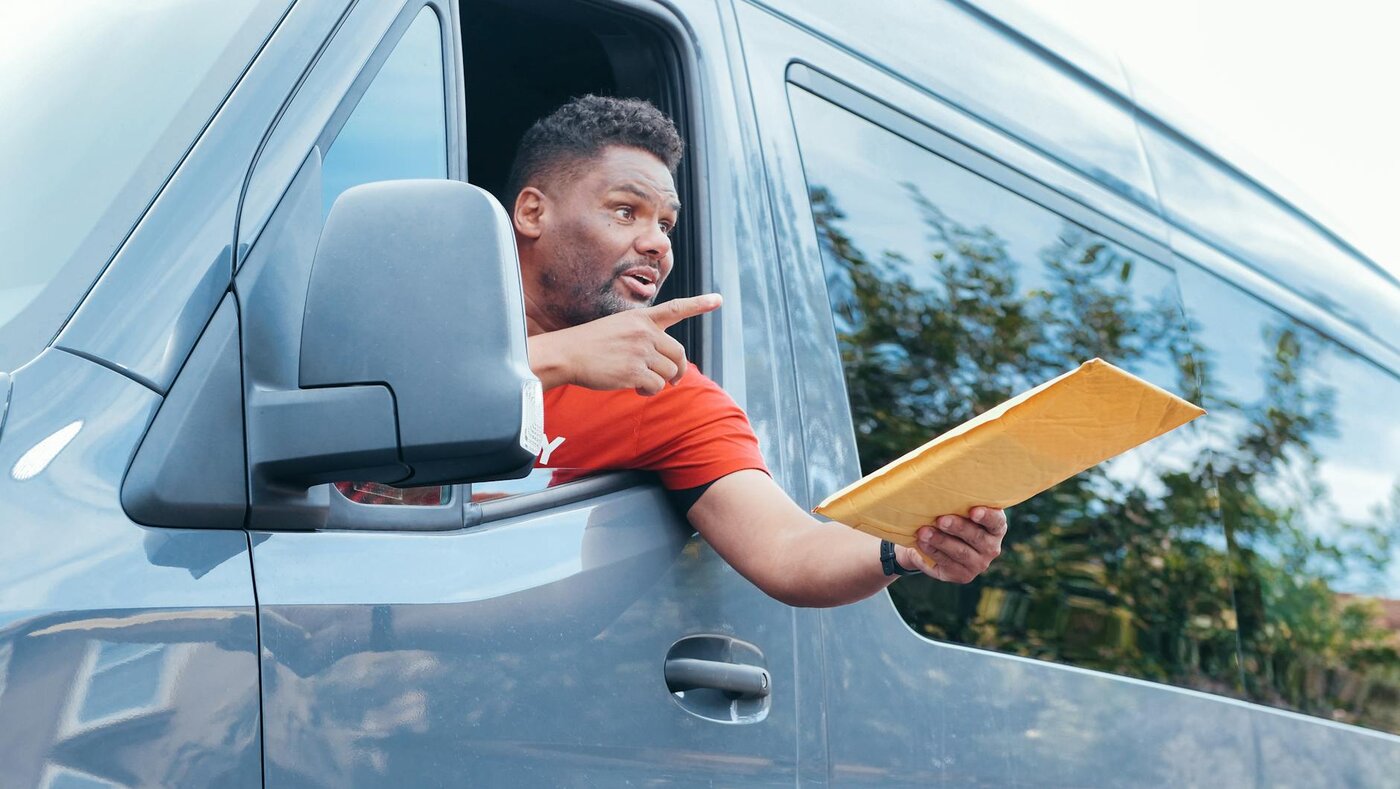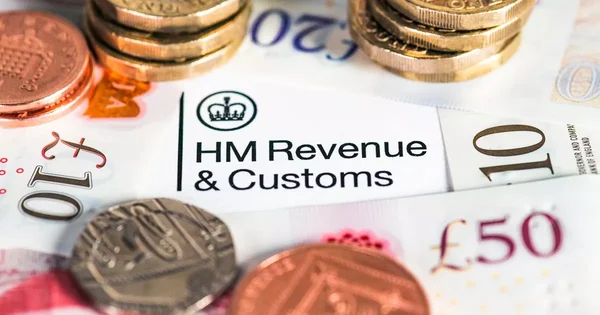Let’s Break This Down Together...
Missed out on claiming mileage on past Self Assessments and wondering if it’s too late? It can feel confusing when you’re unsure what HMRC will allow.
This guide walks you through HMRC’s backdating rules and the exact time limits you need to know. It also explains how to keep the right records so your claims stand up if checked.
By the end, you’ll know how to claim what you’re owed without falling foul of HMRC. Let’s dive in.
Eligibility for Claiming Mileage Allowance Relief
To claim mileage allowance relief, you must use your own vehicle for business purposes—this includes cars, vans, motorcycles, and even bicycles. If you’re self employed or an employee who uses your personal vehicle for work-related journeys (excluding your normal commute), you may be eligible to claim mileage allowance. The relief is calculated based on the number of business miles you travel, with a set amount you can claim per mile.
Accurate records are essential. You’ll need to keep a detailed mileage log that includes the date, start and end points, and total business miles for each journey. Using accounting software or a dedicated mileage log app can make tracking your business mileage much easier and help ensure you don’t miss out on any claims.
Claiming mileage allowance relief can reduce your tax bill and may even result in a tax rebate if you’ve overpaid. Remember, only journeys made for business purposes count—personal trips and your daily commute aren’t eligible. By keeping on top of your business miles and maintaining accurate records, you can make sure you claim every penny you’re entitled to.
Approved Mileage Rates for HMRC Mileage Claim
HMRC sets approved mileage rates to help you calculate your mileage allowance relief. For cars and vans, you can claim 45p per mile for the first 10,000 business miles in a tax year, and 25p per mile for any additional miles. These rates apply when you use your own vehicle for business journeys, and they’re designed to cover the running costs of your vehicle.
If you carry passengers on a business journey, you can claim an extra 5p per mile for each additional person. It’s important to keep up to date with the latest mileage rates, as HMRC may update them from time to time—always check the HMRC website before submitting your claim.
To make sure you claim the correct amount, keep detailed mileage logs for all your business journeys. Whether you use a mileage tracking app or a traditional logbook, recording your business miles accurately will help you claim the full mileage allowance relief you’re entitled to. This not only simplifies your tax return but also ensures you don’t miss out on valuable tax savings.

Can You Backdate Mileage Claims on Your Self Assessment?
What Evidence Do You Need for Backdated Mileage Claims?
Understanding Claiming Tax Relief

Common Mistakes When Backdating Mileage Claims
A common error is trying to claim for regular commuting journeys. These aren’t allowable expenses for the self-employed, even for long drives to your regular workplace. Travel to a permanent workplace cannot be claimed as an expense, but travel to a temporary workplace may be claimed if it meets HMRC's criteria.
Another mistake is providing vague documentation. “Various business trips – 5,000 miles” won’t satisfy HMRC if they ask questions about what expense is being claimed.
Some people try to mix claiming methods, using actual costs one year and mileage rates another. While technically allowed, this can complicate matters. Remember, certain costs like road tax cannot be claimed separately when using the flat rate mileage allowance, as these expenses are already included. Also, vehicles used for commercial use, such as hackney carriages or dual control instructor's cars, are not eligible for the flat rate.
Overestimating mileage is tempting but risky. HMRC has sophisticated ways to check if claims seem reasonable for your type of business. Only the business portion of your journeys can be claimed as an expense—personal or commuting mileage should not be included.
How to Submit Your Backdated Mileage Claim
To backdate a mileage claim, you’ll need to submit an amended Self Assessment tax return through your HMRC online account. The self assessment system is used to file tax returns and submit claims for work-related expense relief.
Enter the total expenses you are claiming for mileage in the “Car, van and travel expenses” section of the self-employment pages. Make sure the expense you have claimed is accurate and supported by records.
It’s helpful to provide a brief explanation in the “Any other information” box, noting that you’re making a backdated mileage claim.
Keep all supporting evidence safe for at least six years after submitting. HMRC can investigate your tax affairs during this period, so proper documentation will support your tax returns and any expense claimed.
What's HMRC's View on Backdated Claims?
HM Revenue generally accepts legitimate backdated claims for expense deductions made within the amendment window. They recognise people sometimes forget to claim every expense they’re entitled to, and these can still be claimed if proper evidence is provided.
However, HM Revenue may scrutinise substantial or unusual backdated expense claims more closely. Being able to justify and evidence the expense you have claimed is crucial.
If HM Revenue believes you’ve been careless or deliberately submitted incorrect information, they can impose penalties. Honest mistakes usually don’t attract penalties.
The tax authority takes a dim view of expense claims that appear manufactured without supporting evidence. Make your records as comprehensive as possible.

Final Thoughts
Backdating mileage claims is perfectly legitimate when done correctly and within HMRC's timeframes. Don't miss out on tax relief you're entitled to.
The key is maintaining good records that clearly demonstrate the business purpose of your travel. Even retrospectively created logs are better than nothing.
Remember that while HMRC allows backdating, getting into good habits now with tracking your business mileage will save you headaches in the future.
Simplifying Mileage Claims on Self Assessment
Getting your mileage claims right shouldn't be a headache that costs you money at tax time.
Our real-time tax calculator shows you instantly how each business journey affects your tax bill, making your savings crystal clear.
We securely store all your mileage records for the full HMRC-required period, giving you rock-solid evidence for any backdated claims.
Why not take a look at the Pie app to see how it could make your mileage claims simpler?











